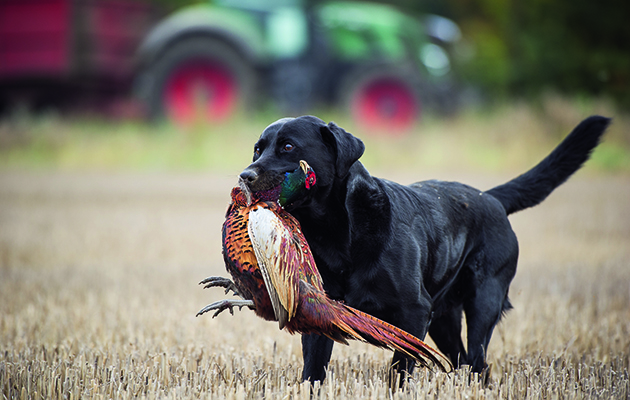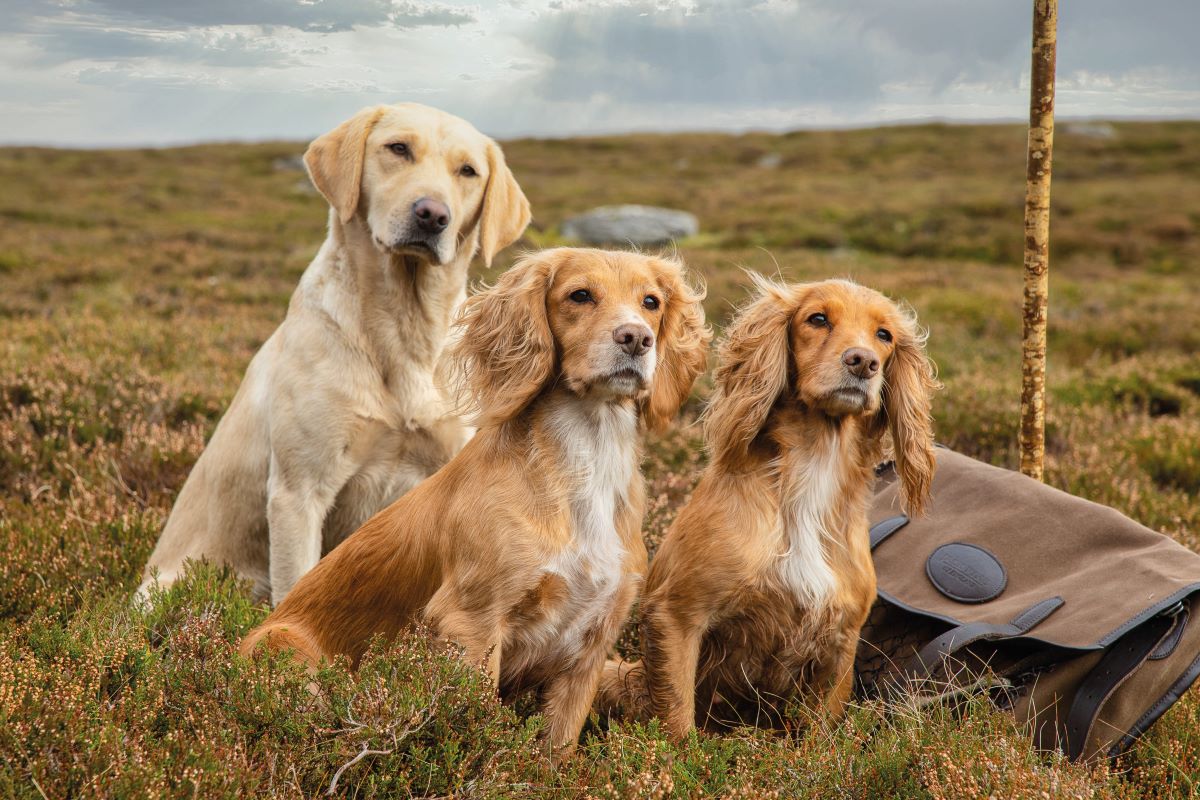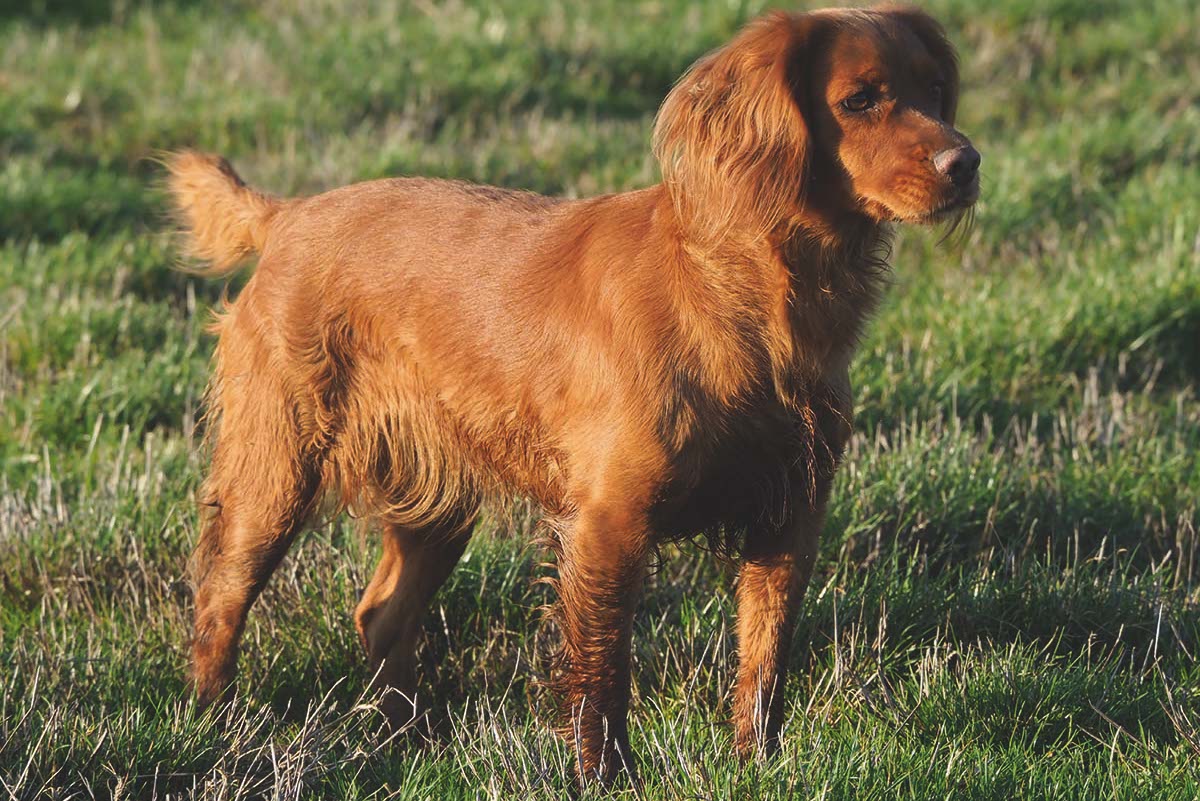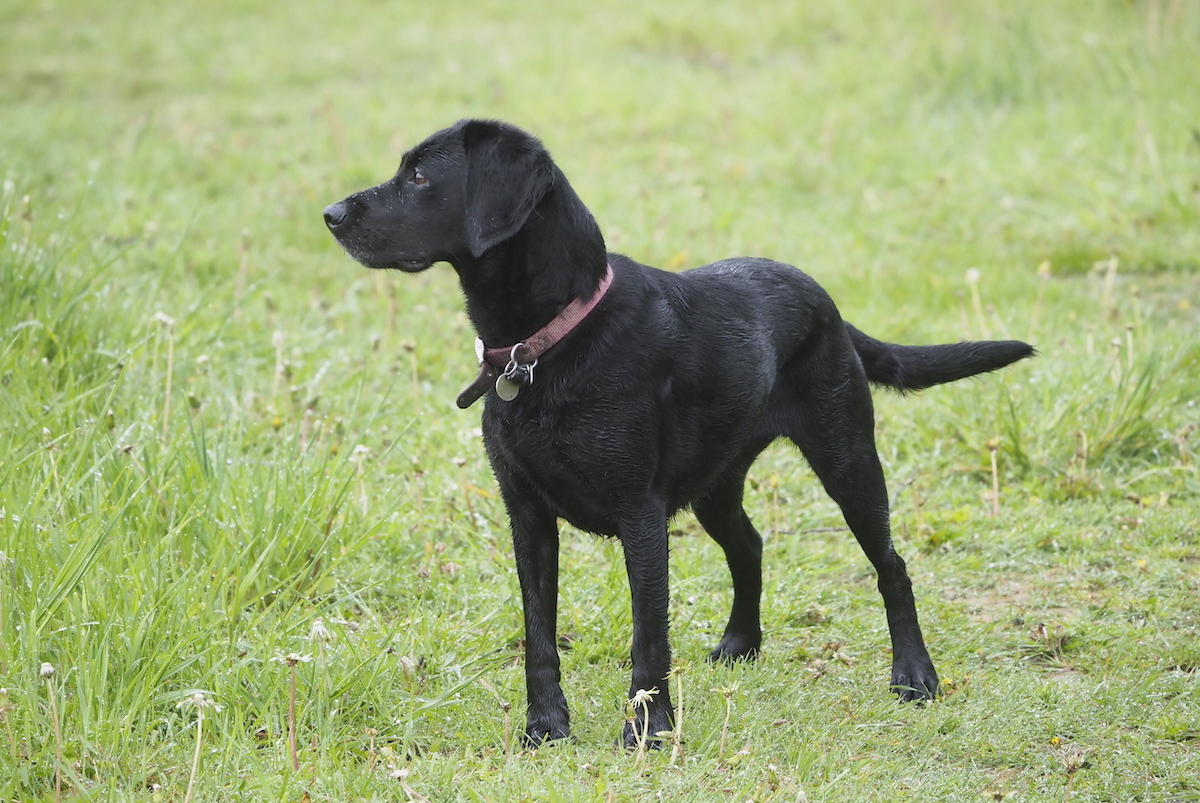The allure of the Labrador
The Labrador is the world's most popular dog and the most versatile of all the gundog breeds. Jeremy Hunt examines its enduring appeal.

Last year, more than 32,000 Labrador puppies were registered with the Kennel Club; in the US that figure was over 150,000. This is certainly a dog with global appeal — but why?
The first Labradors arrived from their native Newfoundland more than 200 years ago. The breed’s strong swimming and marking ability when retrieving birds from water was their forte. Today’s working Labrador is adept on any terrain but across the world the breed is still considered to be the ultimate “water dog”.
The Labrador surpasses all other breeds in its ability to work alongside man in myriad roles but it is in the shooting field that it now reigns supreme above all others. The breed’s unfailing adaptability and “biddability” has been responsible for its phenomenal popularity as the ideal all-round shooting dog. The Labrador can be the perfect accoutrement to a driven day on the most illustrious of shoots, the totally dependable companion for hours spent in the cold and wet on winter wildfowling forays, or the tireless and committed worker that puts birds in the bag as part of the picking-up team. Perhaps above all, it can simply be your best mate, who sits patiently waiting for woodies to clatter on to stubble or to stay rock-steady at heel amid the unpredictability of a walked-up day’s sport.

Despite the predominance of blacks, there are some outstanding yellow Labradors winning at the highest level in field trials
Many virtues
Every gundog breed has its virtues and each must be admired for the role it plays in the shooting field, but historically it has been the ease with which the Labrador can be trained as a shooting dog that has made it a first choice as the Gun’s all-rounder. While everyone trains a dog to fulfil their specific needs, it is testament to the essence of the Labrador’s character and attitude that even relative novices have often been able to attain very high standards of competitive work with their first dog. Equally the Labrador has a reputation for remaining controllable and unchallenging to train for those who simply enjoy some picking-up or a few days relaxed roughshooting.
Adaptable and versatile, responsive and biddable just about sums up why the Labrador is so popular. But this is also a breed that is changing. In fact the Labrador has long been two breeds: one pool of genetics bred for the show ring and one for the shooting field. It wasn’t always so, but now there is no turning back.
The genetic journey taken by our modern working Labrador may have been of good intention. However, with a breed where field trial achievements are now considered the benchmark of excellence, we have a situation where the speed and drive required to win top awards by focused and accomplished competition handlers are all too often working traits that the average shooting man struggles to cope with.

The effective double coat has been bred out in some Labrador lines.
The Working Labrador has changed dramatically
Consequently, the appearance of working Labradors has changed dramatically over the past 50 years. Some breeders strived to maintain the true Labrador’s functional traits alongside good looks, natural working ability and unflappable and trustworthy temperament. But the “black whippet”, with its mean-looking and snipey head, thin bone, no true weatherproof double coat and lacking the essential “otter” tail as an effective rudder, has become widespread.
The Labrador has been at the vanguard of canine health testing as hip X-rays and annual eye testing have sought to tackle two of the breed’s health issues.
In addition, elbow X-rays are now undertaken and there are DNA tests for the eye conditions prcd-PRA and centro nuclear myopathy. But that’s not the end of it. Labradors can now be subjected to an ever-growing list of new health tests, and it’s a situation causing much debate.
Yes, the breed’s long-term health must be the goal, but the modern Labrador is at risk from the effects of an unbalanced approach to health testing. No one can produce perfection in any animal, nor human for that matter, so great care must be taken to ensure the future of the Labrador isn’t dependent on a trade-off that mean boxes ticked for health tests at the expense of temperament, true type and correct Labrador appearance and, perhaps most importantly, trainability.

Labrador puppies are difficult to resist but do your homework and check the pedigree before you buy
What’s in a colour?
A good dog is never the wrong colour, but colour has a lot to answer for in the way it influences the quality of some of today’s working Labradors.
It’s hard to imagine there was a time when black Labradors were less popular than yellows but today it is the blacks that predominate — both in the shooting field and in the world of field trials.
In the past there were several famous kennels noted for their yellows and while the past 30 years have seen blacks predominate we now have a situation where there are some outstanding yellows winning at the highest level in trials and appearing more widely on shooting days. The downside of yellow breeding has been the emergence of dogs that are almost white in coat colour which, while accepted by the Kennel Club, is nonetheless untypical of the breed.
Popularity driven by fashion can be a dangerous situation when colour is the cause. Chocolate Labradors have a particularly bad name when it comes to their working ability, a reputation that is not the fault of the dogs but the way they have been bred. There are currently several breeders who are focusing solely on producing chocolate Labradors of 100 per cent working bloodlines — not an easy task but one to which they are totally committed and is proving to be very successful. We have one chocolate Labrador in our kennels, the result of a black-to-black mating that had a dash of chocolate genetics way back in the pedigree. He’s now almost 10 years old but last season continued to do a great job as part of our picking-up team — even though he still generates comments from the colour purists!
The reason many chocolates are not the best of workers is that they have been bred solely for their colour (and an income easily earned from selling pet puppies). So a dog sired by Mars Barand out of a bitch called Toblerone will not have quite so much working nous as one might have hoped for from a dog of more conventional working bloodlines.
So if you fancy a chocolate puppy do some digging and find the breeders who are specialising in this colour.

A good Labrador is never the wrong colour
Red is the new black
The latest colour fad is, of course, fox-red Labradors. Once again, when colour takes over as the prime consideration for producing a litter, other more relevant and important traits of the sire and dam are overlooked — often with dire consequences. The true fox-red Labrador is a deep chestnut red, though many dark yellows are now being sold as this colour. There is certainly a ready demand for fox-red Labrador puppies, mostly driven by the current fashion, but there are some breeders with proven working bloodlines.

Fox-red Labradors are becoming increasingly popular, but breeding must always take precedence over colour
So if you are looking for your first Labrador and your preference is for fox red, it is advisable to be even more diligent in your research to ensure that no short cuts have been made on working ability and health at the expense of producing a colour that readily sells.








